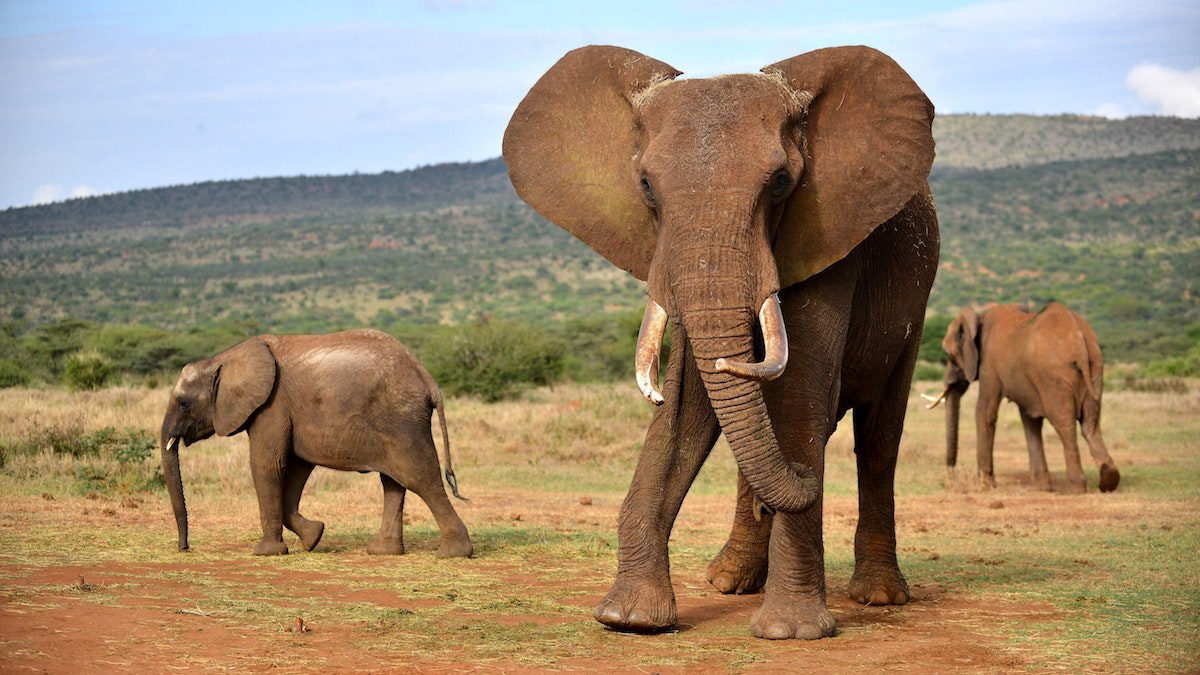
Two-way conversations - once thought of as uniquely human - are common across the animal kingdom, say scientists.
The whistles of dolphins, low rumbling of elephants, soft chirps of naked mole rats and "rapping" of clawed frogs might be somewhat lost in translation.
But according to a new review of scientific evidence they all follow the turn-taking rules of human conversation.
Researchers from the UK and Germany found animal communication was still not well understood despite studies of birds dating back 50 years.
Lack of data and, ironically, poor communication between scientists had hampered direct comparisons between different species.
The authors of the new study highlighted timing as a key feature of communicative turn-taking in both humans and animals.
Some species were impatient chatterers, certain songbirds waiting less than 50 milliseconds to "reply" during a conversation.
At the other end of the scale, slow-talking sperm whales exchanged clicks with a gap of about two seconds between turns.
Humans lay somewhere in between, typically pausing for about 200 milliseconds before responding in a two-way conversation.
And humans were not the only species that consider it rude to interrupt.
Both black-capped chickadees and European starlings practised "overlap avoidance" during turn-taking communication.
The researchers wrote in the journal Royal Society B: Biological Sciences: "If overlap occurs, individuals became silent or flew away, suggesting that overlapping may be treated, in this species, as a violation of socially accepted rules of turn-taking."
The team proposed a new framework for future animal research highlighting a number of essential elements of human conversation.
Dr Robin Kendrick, one of the authors from the University of York's Department of Language and Linguistic Science, said: "The ultimate goal of the framework is to facilitate large-scale, systematic cross-species comparisons.
"Such a framework will allow researchers to trace the evolutionary history of this remarkable turn-taking behaviour and address longstanding questions about the origins of human language."



Comment: